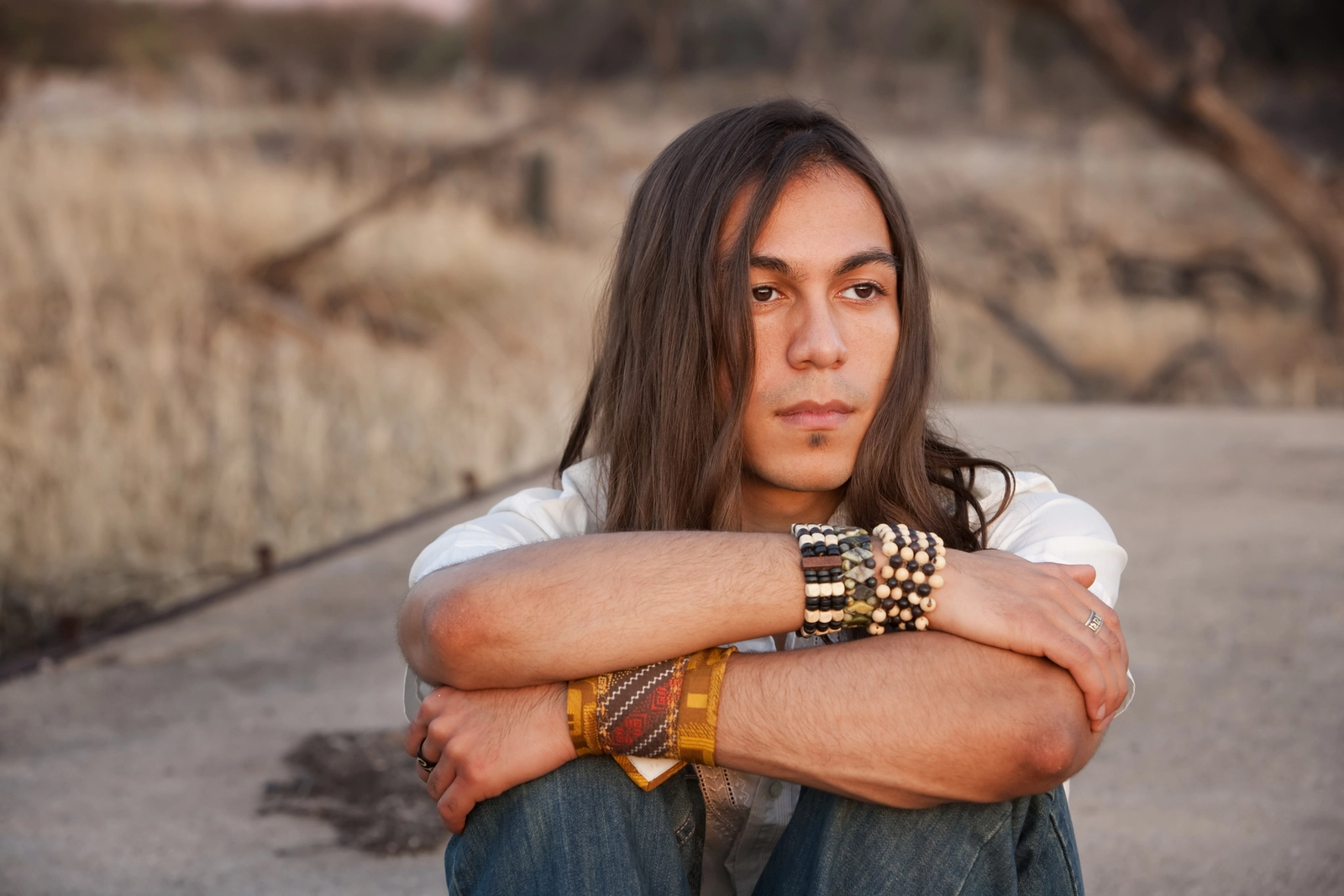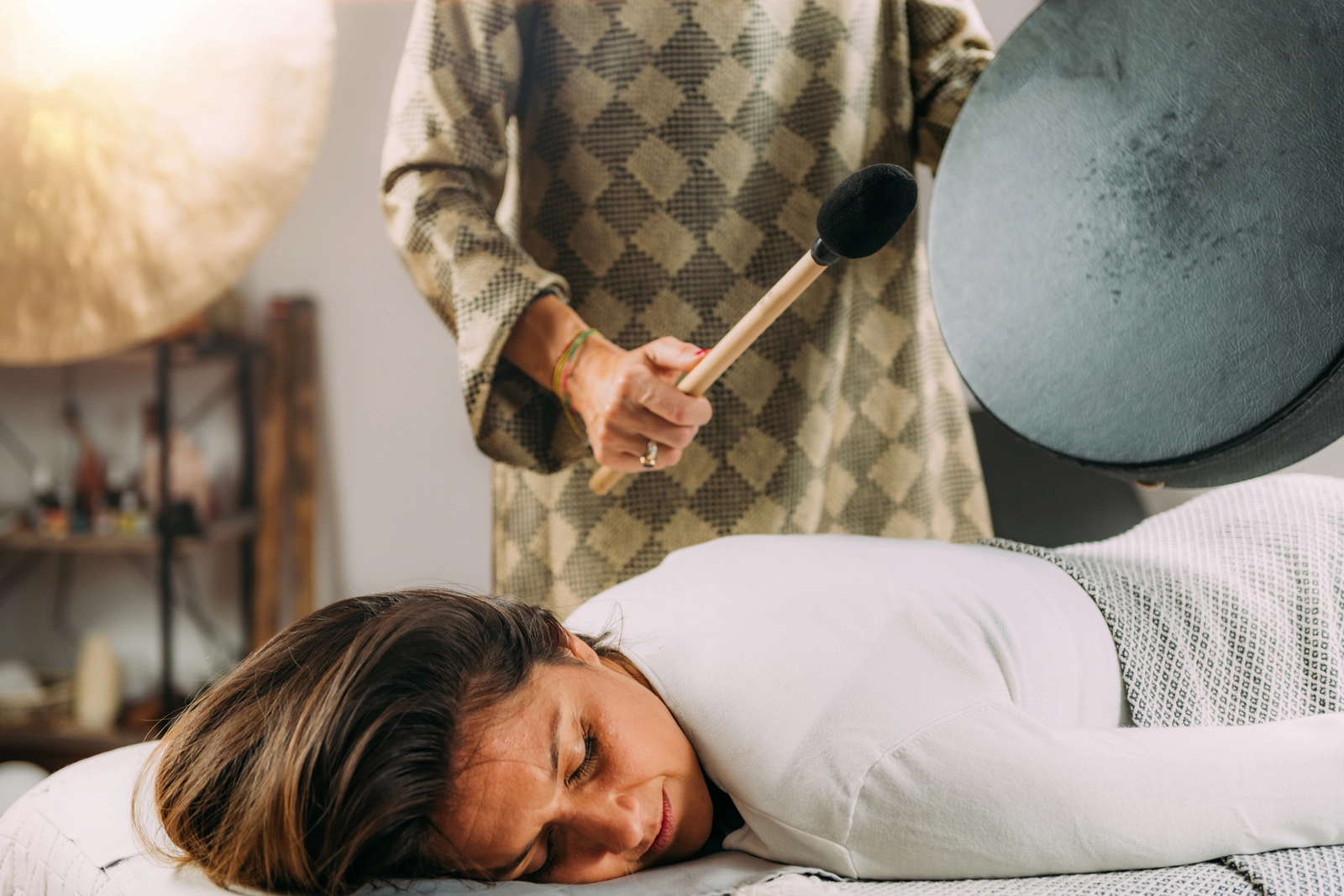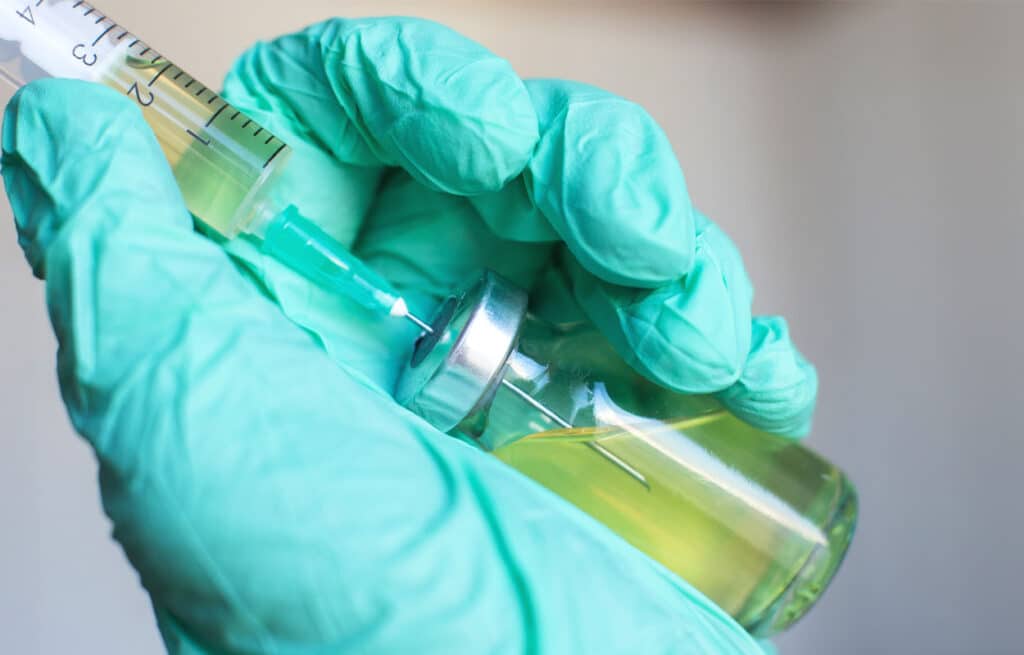Benefits of Native American Treatment Centers & Culturally-Aligned Care

There were over 7.1 million American Indians and Alaskan Natives in the United States in 2022, according to the U.S. Census Bureau. [1] This portion of the population faces a disproportionate rate of substance use disorders, making it imperative that they receive care that is both culturally relevant and evidence-based.
Cultural competence in treatment centers can improve access to care, especially for American Indians and Alaskan Natives who may distrust Western health care providers. This type of care also stands to improve treatment outcomes, since Native Americans who feel acknowledged and respected may be more likely to stay in treatment and engage fully in recovery.
Key Points
- Native Americans face disproportionate rates of substance use disorders.
- Abuse and addiction risk factors unique to this population may include historical trauma, mental health issues, access to behavioral health care, and socioeconomic oppression.
- The Native American population faces barriers to substance use and rehabilitation services, such as transportation issues, distrust of Western practices, and cultural stigma associated with substance use disorders.
- Treatment and recovery services unique to Native American treatment centers include cultural integration, trauma-informed approaches, and traditional healing practices.
- Some Native American addiction treatment programs incorporate standard evidence-based practices, including cognitive behavioral therapy (CBT), medication-assisted treatment (MAT), holistic modalities, and aftercare services, depending on available resources and program structure.
Native American Substance Abuse
In the United States, American Indians and Alaska Natives have the highest rates of alcohol, marijuana, cocaine, and hallucinogen use disorder of all races and ethnicities. [2] Yet, these populations face unnecessary and unjust barriers to effective treatment and recovery services for substance abuse.
Moreover, when American Indians and Alaskan Natives do receive treatment, it’s often through a Western approach to rehabilitation that may be out of line with their cultural values or spiritual beliefs. There is a substantial need across the country for more culturally relevant treatment centers and more culturally competent providers.
Risk Factors for Native American Substance Use
It’s not a coincidence that the American Indian and Alaska Native communities experience substance use disorders at a higher rate. Instead, this is the direct result of the unique risk factors that impact these populations.
Historical and Intergenerational Trauma
American Indians and Alaskan Natives have experienced devastating trauma throughout their history here in the United States. Namely, they’ve been the victims of forced relocations, genocide, and discrimination, among other unspeakable inequities and acts of oppression. New generations of Native Americans now carry the burden of this trauma in their everyday lives.
Historical trauma may affect individuals in different ways. However, experts have identified patterns of historical trauma responses, including: [3]
- Depression
- Self-destructive behavior
- Suicidal thoughts
- Anxiety
- Difficulty identifying feelings
- Difficulty expressing feelings
- Low self-esteem
It has been speculated that high rates of substance abuse among Native Americans are the direct result of historical and intergenerational trauma. However, it may depend on the individual and their circumstances.
Healthcare Access
Almost 20% of Native Americans lacked health insurance in 2022, which could prevent them from receiving adequate substance use treatment and/or mental health treatment. [4] This is more than double the percentage of individuals without health care insurance in the general population.
Socioeconomic Concerns
Nearly 20% of Native Americans lived in poverty in 2022.[5] That’s almost double the rate of the general population. Poverty is one of the known risk factors for substance use disorder. Moreover, a lack of resources could inhibit individuals from Native American communities from seeking substance use rehabilitation services.
Mental Health Concerns
Perhaps another result of historical and generational trauma, Native Americans are more likely to report mental health conditions and mental health risk factors such as: [6]
- Depression
- Post-traumatic stress disorder
- Suicidal thoughts or behaviors
- Polysubstance use
- Early childhood abuse
- Domestic violence
- Unemployment
- Alcohol and drug use
- Cultural displacement
- Co-occurring disorders
In many cases, mental health issues are directly related to substance abuse and addiction. Native American treatment centers often address this by providing a robust suite of individual and group therapy options.
Access to Substance Use Treatment Services
American Indians and Alaskan Natives have a greater need for substance use treatment, yet they may be less likely to receive it. Experts have identified several barriers to substance use treatment services for the Native American population, including: [7]
- Lack of transportation
- Lack of adequate insurance coverage
- Socioeconomic status
- Stigma associated with substance use disorders
- Discomfort with Western treatment approaches
- Shortage of opioid treatment services
- Availability of culturally relevant rehabilitation services
Benefits of Native American Treatment Centers
When it comes to recovery services, Native American treatment centers offer a variety of benefits not found in traditional treatment centers. These advantages may make these facilities both appealing and practical for American Indian and Alaskan Native populations.
Trauma-Informed Care
The Substance Abuse and Mental Health Administration (SAMHSA) has acknowledged the importance of trauma-informed care in behavioral health services for American Indian and Alaska Native cultures. [8] Many members of this population view historical trauma as one of the main drivers for substance abuse and addiction in their communities. Viewing these issues through the lens of historical and intergenerational trauma is a best practice among Native American treatment centers.
Traditional Healing Practices

Native American treatment centers incorporate traditional healing practices into their recovery treatment services. Some of these healing practices and techniques may include: [9]
- The Medicine Wheel
- The 12 Wisdom Steps Program
- Ceremonial teepee construction
- Powwows or talking circles
- Doorway to a Sacred Place
- Drum circles
- Smudging
- Sweat lodges
- Gathering of Native Americans (GONA)
- The Four Seasons
Cultural Integration
An effective Native American Treatment Center acknowledges the culture, values, and unique needs of the Native American population. Instead of exclusively relying on traditional Western approaches to recovery, these treatment centers embrace the spiritual and cultural beliefs of Native American communities along with their sacred healing practices. These facilities may incorporate various services and methodologies that honor harmony, balance, and a connection with the land and nature, for instance.
Evidence-Based Treatment Services
In a Native American treatment center or rehabilitation facility, cultural relevance is a priority. However, some evidence-based approaches used in Western medicine may be integrated into treatment approaches. Individuals can choose to participate in these programs or opt out, depending on their needs, preferences, and level of comfort. These additional evidence-based services may include:
- Cognitive behavioral therapy (CBT)
- Dialectical behavior therapy (DBT)
- Acceptance and commitment therapy (ACT)
- Holistic treatment modalities
- Group therapy
- Trauma-informed group support
- Biofeedback
- Experiential therapy
- Family programming
- Twelve-step facilitation
Find A Native American Treatment and Recovery Center For You or Your Loved One
Culturally sensitive care is available to American Indians and Alaskan Natives in need of quality substance use and rehabilitation services. These treatment programs marry evidence-based practices with traditional healing practices of various Native American tribes, including the Mohegan Tribe. Treatment services are catered to individual needs while maintaining a broader understanding of the cultural and historical factors that underscore substance use in the Native American population.




